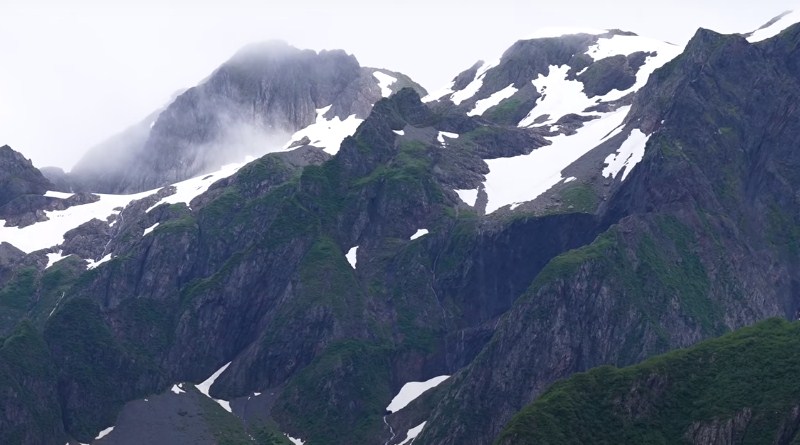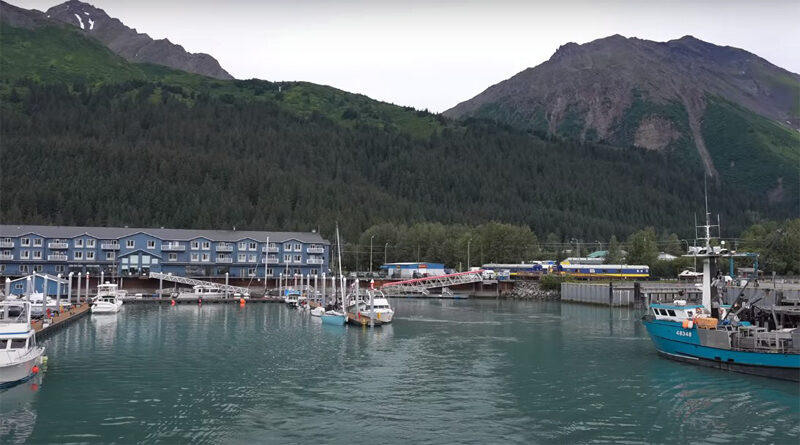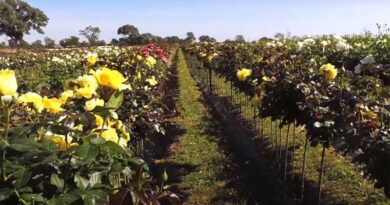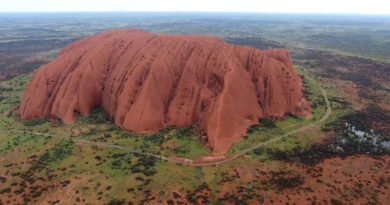Kenai Fjords National Park is a Beautiful place in Alaska
The history of the Kenai Fjords National Park on the northern Gulf Coast of Alaska includes both human history and that of the region’s geology and landforms. According to archaeological evidence, Alaska Natives have lived in the area for thousands of years. The fjords have been used by miners, fox farms, hunters, and fishermen more recently.
Stories of people and places abound inside Kenai Fjords National Park, a section of the northern Gulf Coast of Alaska, from the Sugpiaq, whose camps littered the coastline, to the mining camps that once functioned in the Nuka Bay region. There are a lot of reminders of earlier times. They should be protected just as much as any other natural feature since they serve as priceless time capsules.

We seek to conserve historical sites and capture the people who have visited the Kenai Fjords National park throughout the years. More than 250,000 artifacts from the region’s history are kept in the park’s substantial museum collection, which documents the history of the region. Archeologists explore and examine the remains of sites across the park as well as sites from historic Seward as part of our aim to conserve and safeguard the natural and cultural history of this unique location.
People in Kenai Fjords National Park:
The region around Kenai Fjords National Park has been inhabited for thousands of years by travelers. Rich resources in the form of marine mammals, fish, birds, fur-bearing animals, and minerals have been made available to successive and overlapping populations of Alaska Natives, Europeans, and Americans by the severe glacial terrain, and coastal fjords, and braided river drainages.
Human ties with the earth include subsistence, mineral extraction, transportation, recreation, and artistic expression, as evidenced by archaeology, oral tradition, and historical records.
The struggles and triumphs of those who have used and still use these lands serve as a testament to the bravery and tenacity of the human spirit.
Alutiiq (Sugpiaq): Following the natural rhythms of the Kenai Fjords, the Alutiiq (Sugpiaq) Native people have lived here for millennia. They were aware of the constant changes taking place in the neighborhood they called home. They were able to adapt and live for generations in a location that later people would regard as harsh and hostile because of their keen awareness.
Harry S. Kawabe: One of Seward’s most successful and well-liked merchants was Harry S. Kawabe.
Rockwell Kent: Rockwell According to legend, Kent was the first American painter to depict what is now Kenai Fjords National Park. He depicted the park in numerous paintings, many of which featured the Bear Glacier, Resurrection Bay, and Fox Island regions. In Wilderness: A Journal of Quiet Adventure in Alaska, Kent writes about his experience residing on Fox Island (1920).
Mary Forgal Lowell: Mary Forgal Lowell, a lady of mixed origin in early Alaska, made significant contributions to the growth of a region in flux.
Logan Hovis: Logan Hovis recently retired in 2012 after 27 years as a mining historian and blasting officer for the National Park Service. He played a part in the NPS’s work to identify, prioritize, and reduce any physical risks connected to old mines in the landscapes of Alaska.
Josephine Sather: On an isolated island, Josephine Sather maintained a prosperous fox farm.
Franklin G. Lowell: The first people to homestead in the Seward region were Franklin G. Lowell and his family in 1883. Lowell Point, Lowell Creek, Mt. Alice, and Mt. Eva are just a few of the places in the Seward area that bear his family’s name. Lowell employed numerous Sugpiaq Native hunters when he was in Seward and had trading posts in the region that is now the Kenai Fjords National Park.
Seasons in Park:
The park is accessible all year. June, July, and August are the top travel seasons. Between May and September, the area’s services are scaled back.
During the winter, the road leading to the Exit Glacier region is not plowed and is inaccessible to vehicles. It turns into a fantastic location for winter sports including cross-country skiing, fat biking, snowmobiling, and more during this time. Due to choppy waters, the park’s coastline backcountry is also unavailable from late fall to early spring.
Nature & Science:
At the edge of the North Pacific Ocean, where storm patterns form and feed an ice land, is Kenai Fjords, National Park. At least 38 glaciers that flow over the landscape, shaping as they go, are fed by the Harding Icefield, which is located at the top of the park. These enormous ice rivers have molded the landscape, and they are now vanishing to reveal their impact. As the ice melts, rock is revealed and the succession process gets going. Researchers at the park look into a variety of subjects, including shorebird reproduction success, genetics of black bears, and newly colonized nunataks.
Glaciers / Glacial Features in Kenai Fjords National Park:
Kenai Fjords National Park contains about 4.6 million acres (or one-fourth) of Alaska’s glaciers. An area characterized by glaciers, and enormous rivers of ice that flow from the Harding Icefield, can be seen in Kenai Fjords National Park. Nearly 51% of the park is currently covered with ice. This entire area was previously covered in ice, and it still has an impact on the park’s physical features and common language related to glaciers. The park’s spectacular coastline valleys and fjords show a lengthy history of glaciation.




